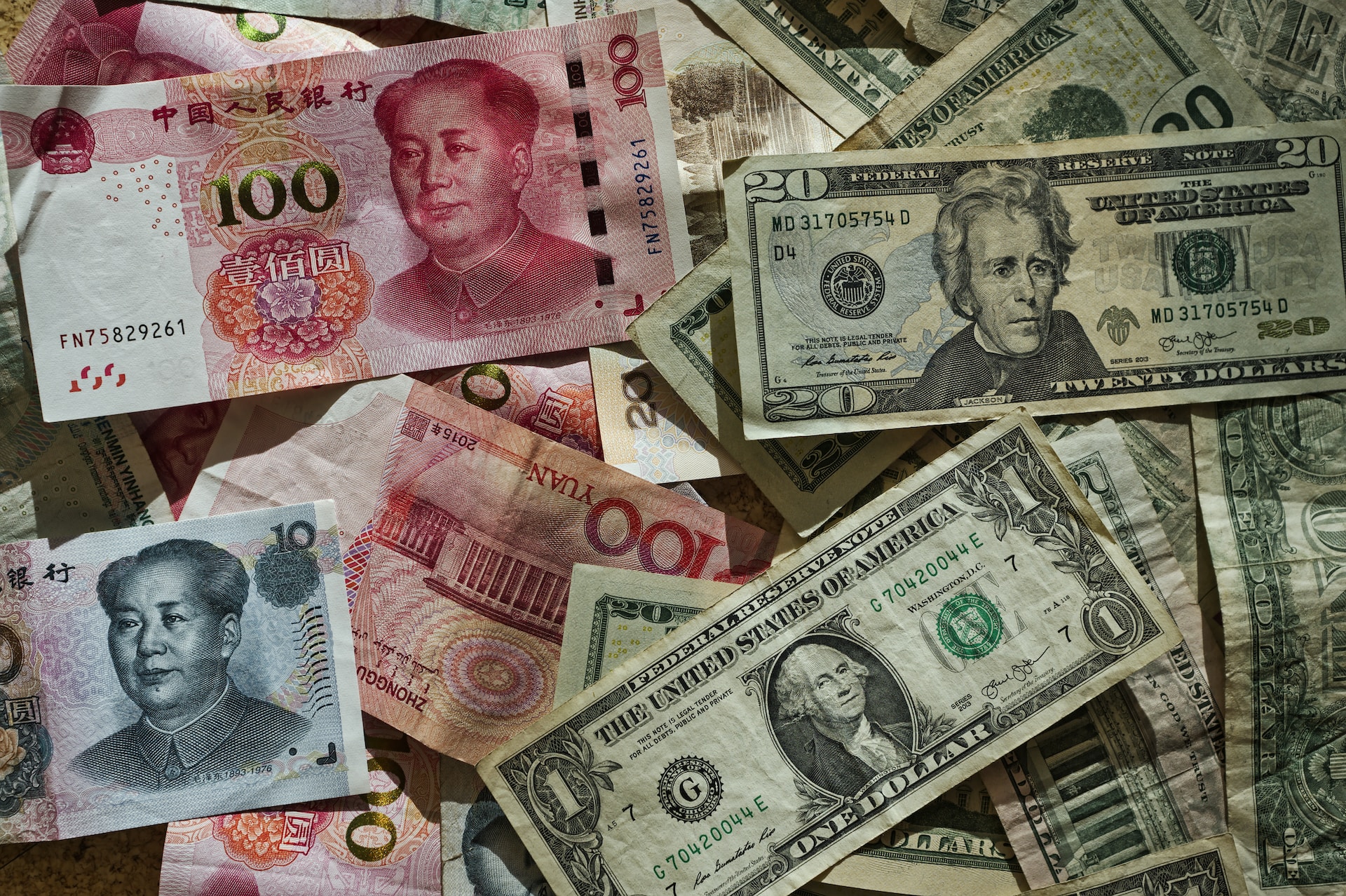China’s efforts to build inroads with large emerging market economies has been supercharged by renewed diplomatic efforts across western Asia and South America. Booming trade between Brazil and China is expected to continue growing over the next year and will now be facilitated in their local currencies, diminishing the need to use Dollars in the same capacity they had before. Those economic ties will also boost cooperation in foreign affairs, which are of growing importance to China.
Chief among those concerns is sustaining Russia in the face of international attempts to isolate the country and undermine its war effort in Ukraine. China has become an increasingly critical ally for Russia in the almost fourteen months since the latter initiated the Ukrainian conflict, and the Yuan is now the most traded currency in Moscow. China appears to be especially focused on shoring up its relationships with leading energy producers like Russia, Saudi Arabia, and Iran in an effort to eventually prop up their Petroyuan as a competitor to the Petrodollar.
Related ETFs: WisdomTree Chinese Yuan Strategy Fund (CYB), WisdomTree Bloomberg U.S. Dollar Bullish Fund (USDU), iShares MSCI China ETF (MCHI)
China continues to accelerate its recent diplomatic blitz, likely in an effort to push adoption of the Yuan (CNY) across the world and further chip away at the US Dollar’s (USD) dominance in trade. Though SWIFT data shows the CNY’s share of international trade finance was equivalent to just 4.5% of global volume in February, the Financial Times notes that figure is more than double what it was in the same month last year at less than 2.0%. China’s currency has a long way to go before it can approach the Dollar’s dominance, still representing 84.3% of all international payments on SWIFT, but consistent growth at its current pace could put the CNY in contention with the Euro’s (EUR) 6.0% share very soon.
As MRP highlighted last month, Beijing’s ambitions to boost its international profile was exemplified by a Chinese-brokered settlement between Iran and Saudi Arabia, in which both countries agreed to re-establish diplomatic relations and end seven years of severed ties and diplomatic disassociation. The critical economic correlation between these two nations is that they are major suppliers of energy to the Chinese economy and much of the world at large. China undoubtedly sees securing these markets as critical to establishing the Yuan as a serious competitor to the Petrodollar system, which dominates the global oil trade and denominates international crude revenues in USD.
Per the Wall Street Journal, the Saudis have been considering including CNY-denominated futures contracts, known as the Petroyuan, in the pricing model of Saudi Arabian Oil Co. China is Saudi Arabia’s largest trading partner and, per Bloomberg, about $50 billion of new investment agreements were signed during the summit. That included…
To read the complete Intelligence Briefing, current All-Access clients, SIGN IN All-Access clients receive the full-spectrum of MRP’s research, including daily investment insights and unlimited use of our online research archive. For a free trial of MRP’s All-Access membership, or to save 50% on your first year by signing up now, CLICK HERE










